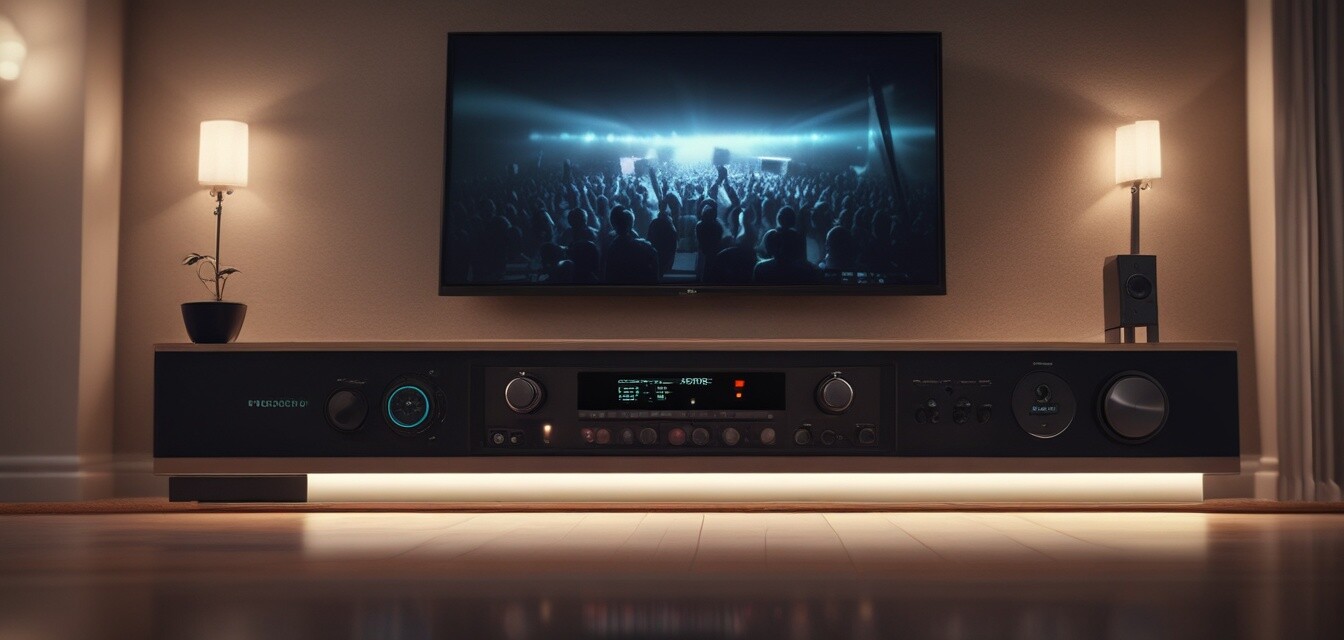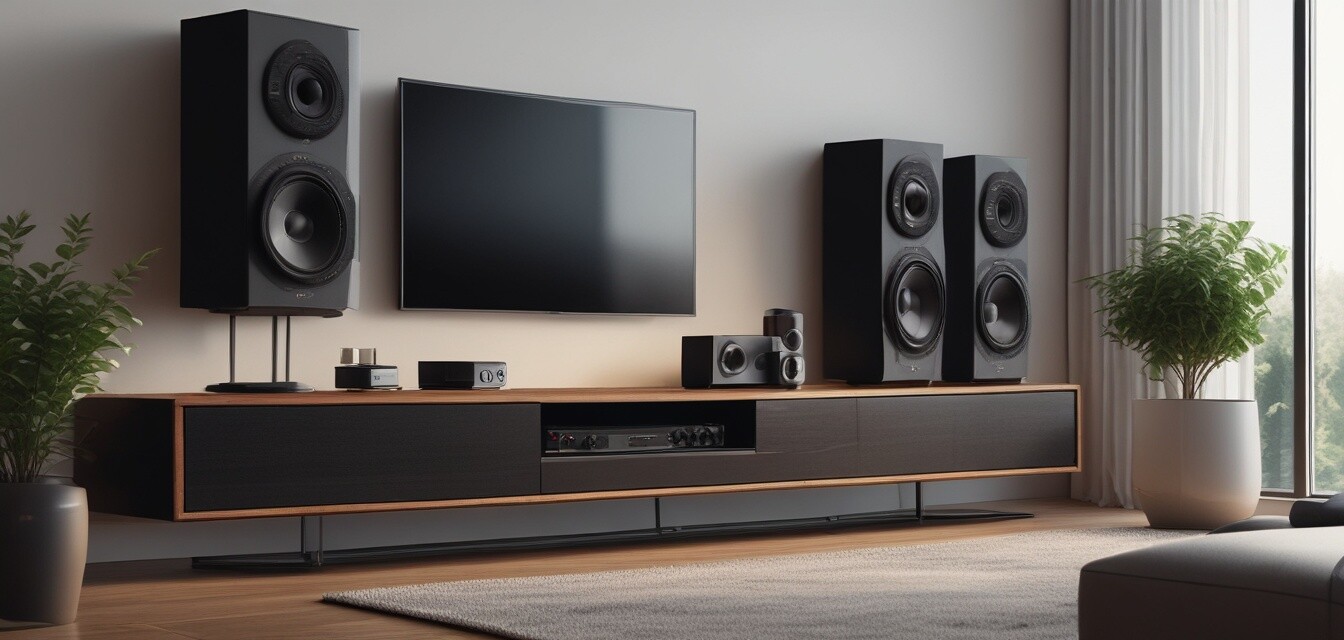
High-Resolution Audio Formats
Key Takeaways
- High-resolution audio provides superior sound quality compared to standard formats.
- Common high-resolution audio formats include FLAC, DSD, and ALAC.
- These formats offer a greater dynamic range and enhanced detail in music reproduction.
- The equipment used plays a crucial role in experiencing the full benefit of high-resolution audio.
- Streaming services and digital downloads now increasingly support high-resolution audio options.
In the evolving world of audio technology, high-resolution audio formats have emerged as a powerful way to enhance sound quality. Understanding these formats is essential for audiophiles and casual listeners alike who want to fully appreciate the depth and richness of their music. In this guide, we’ll explore what high-resolution audio formats are, their benefits, and how they compare to standard formats. Let’s dive in!
What is High-Resolution Audio?
High-resolution audio is any audio format that delivers better sound quality than standard-resolution formats. Standard audio typically refers to CD-quality sound, which is 16-bit/44.1 kHz. High-resolution audio formats usually have higher bit rates and sample rates, making it possible to capture more detail and a broader dynamic range.
Benefits of High-Resolution Audio
- Enhanced Sound Quality: Offers a more detailed and nuanced reproduction of music.
- Better Clarity: A wider frequency range allows for more clarity, especially in high notes.
- Dynamic Range: Greater variation between the quietest and loudest parts of a track.
Common High-Resolution Audio Formats
| Format | Bit Depth | Sample Rate | Description |
|---|---|---|---|
| FLAC | 16 to 24-bit | 44.1 kHz to 192 kHz | A lossless compression format that maintains audio quality. |
| ALAC | 16 to 24-bit | 44.1 kHz to 192 kHz | Apple Lossless Audio Codec, similar to FLAC for Apple devices. |
| DSD | 1-bit | 2.8 MHz to 11.2 MHz | Direct Stream Digital, used for Super Audio CDs (SACDs). |
| MQA | Various | Up to 192 kHz | Master Quality Authenticated, aimed at delivering studio-quality sound. |
How High-Resolution Audio Compares to Standard Formats
To understand the impact of high-resolution audio formats, it's important to compare them to standard audio formats. This comparison often highlights the advantages of adopting higher-quality formats in your audio system.
| Feature | Standard Formats | High-Resolution Formats |
|---|---|---|
| Sound Quality | Good | Excellent |
| File Size | Smaller Size | Larger Size |
| Dynamic Range | Limited | Wider |
| Frequency Range | 22 kHz | Up to 40 kHz or more |
Getting the Most Out of High-Resolution Audio
To fully experience high-resolution audio, consider the following factors:
Tips for Beginners
- Invest in high-quality headphones or speakers to appreciate the nuances of high-resolution audio.
- Use a compatible digital-to-analog converter (DAC) for better sound quality.
- Choose high-resolution audio sources, such as downloads or dedicated streaming services.
- Ensure your playback software supports high-resolution audio formats.
Streaming Services and High-Resolution Audio
With the rise of music streaming, many platforms are now offering high-resolution audio options. Here are a few popular services:
- Tidal
- Amazon Music HD
- Qobuz
- IDAGIO
These services allow you to access a vast library of high-resolution tracks, making it easier than ever to enjoy high-fidelity sound.
Choosing the Right Equipment
To appreciate high-resolution audio, it's essential to invest in quality equipment. Here are some categories to consider:
- Headphones & Earbuds - Look for models that support high-res audio.
- Soundbars - Select soundbars that feature support for high-resolution formats.
- Wireless Speakers - Choose wireless speakers that can handle high-resolution audio streaming.
- Home Theater Systems - Ensure your system is compatible with high-res formats.
Pros
- Superior sound quality for audiophiles.
- Greater clarity and detail in music.
- Supports a wider range of dynamic sound.
Cons
- Requires specific equipment for playback.
- Higher file sizes can take up more storage space.
- Not all streaming services support high-resolution formats.
Conclusion
High-resolution audio formats represent a significant advancement in sound technology that provides music lovers with enriching listening experiences. By investing in the right equipment and choosing high-resolution formats, you can unlock a new world of audio fidelity. Whether you’re a casual listener or a dedicated audiophile, understanding and utilizing high-res audio can significantly enhance your overall listening enjoyment.
Further Reading
Explore more about the world of home audio:









